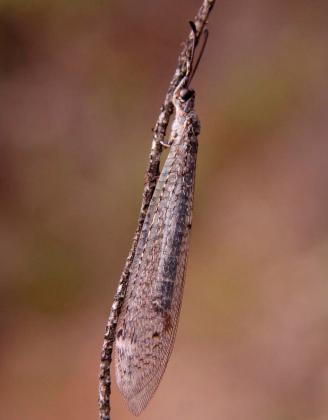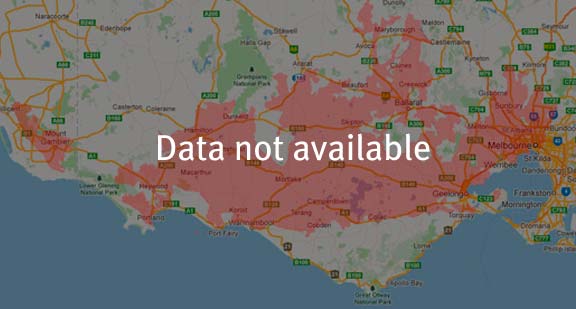A range of teacher professional learning programs will be developed to accompany the Biodiversity of the Western Volcanic Plains online outreach...

Lacewing
Unknown sp.
Eggs are usually laid on thin stalks attached to wood or leaves, although some species lay them directly into sand or on vegetation. Courtship in some species involves the use of sex pheromones and sound.
| Details | Description |
| Type | Invertebrate |
| Group | Insect - Lacewing |
| Identifying Characteristics | |
| Distinctive Markings | The end of the main veins in the wings are branched. |
| Diet | Carnivore, although some species feed on nectar and plant material. Larvae feed on other invertebrates, decaying vegetable matter and freshwater sponges. They may parasitise spiders or wasps. |
| Habitat | Found in most habitats in Australia, often in urban areas. Common on native vegetation such as flowering eucalypts. |
| Native Status | Native to Australia |
| Bites/Sting | Can cause minor irritation to the skin. |
| Taxonomy | |
| Phylum | Arthropoda |
| Class | Insecta |
| Order | Neuroptera |
| Family | Unknown |
| Genus | Unknown |
| Species | sp. |

Distribution maps indicate current and historic locations where species have been sighted.
Source: Atlas of Living Australia
| Conservation Status | |
| DEPI Advisory List | Not listed |
| FFG Act | Not listed |
| EPBC Act | Not listed |
The conservation status of species is listed within Victoria and Australia.
The Department of Environment and Primary Industry (DEPI) Advisory List consists of non-statutory advisory lists of rare or threatened flora and fauna within Victoria.
The Flora and Fauna Guarantee Act 1988 (FFG Act) lists threatened species in Victoria. Under the Act, an Action Statement is produced for each listed species.
The Environment Protection and Biodiversity Conservation Act 1999 (EPBC Act) is the Australian Government’s key piece of environmental legislation, listing nationally threatened native species and ecological communities.



